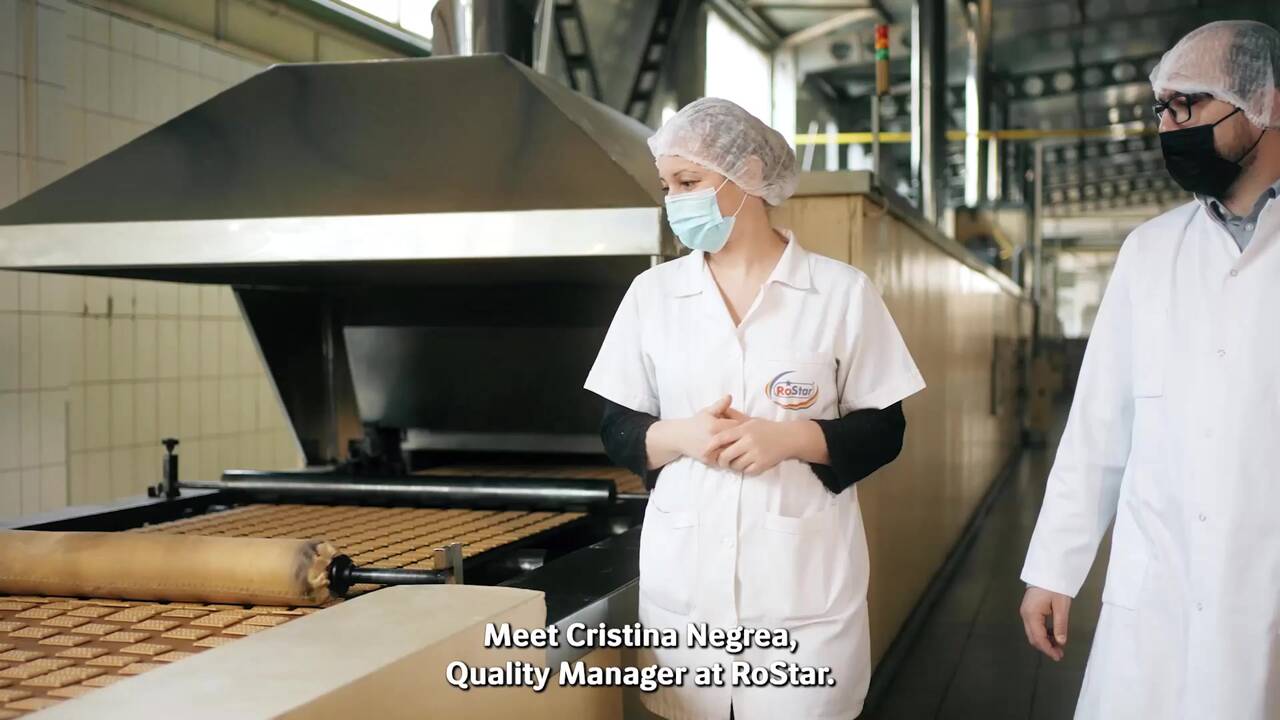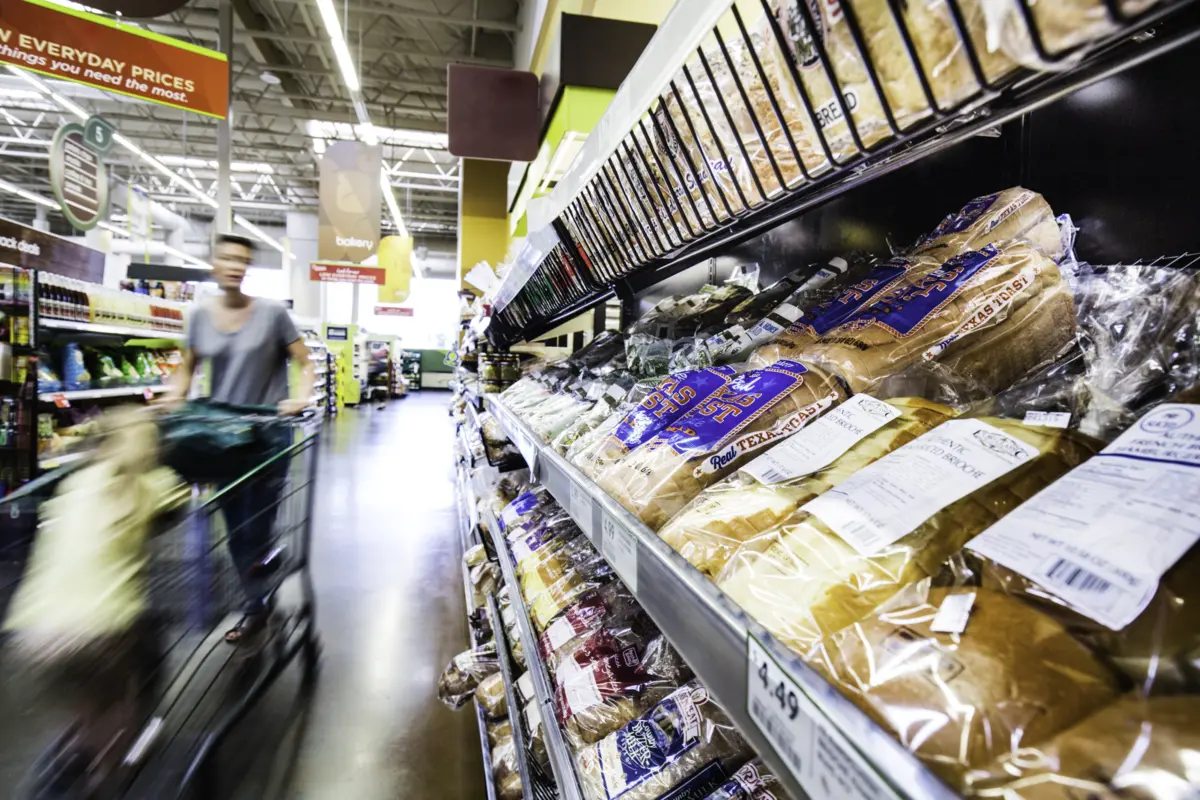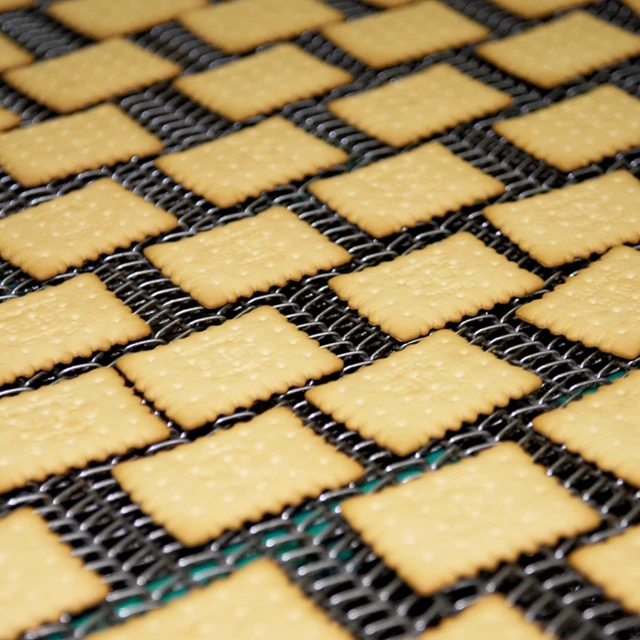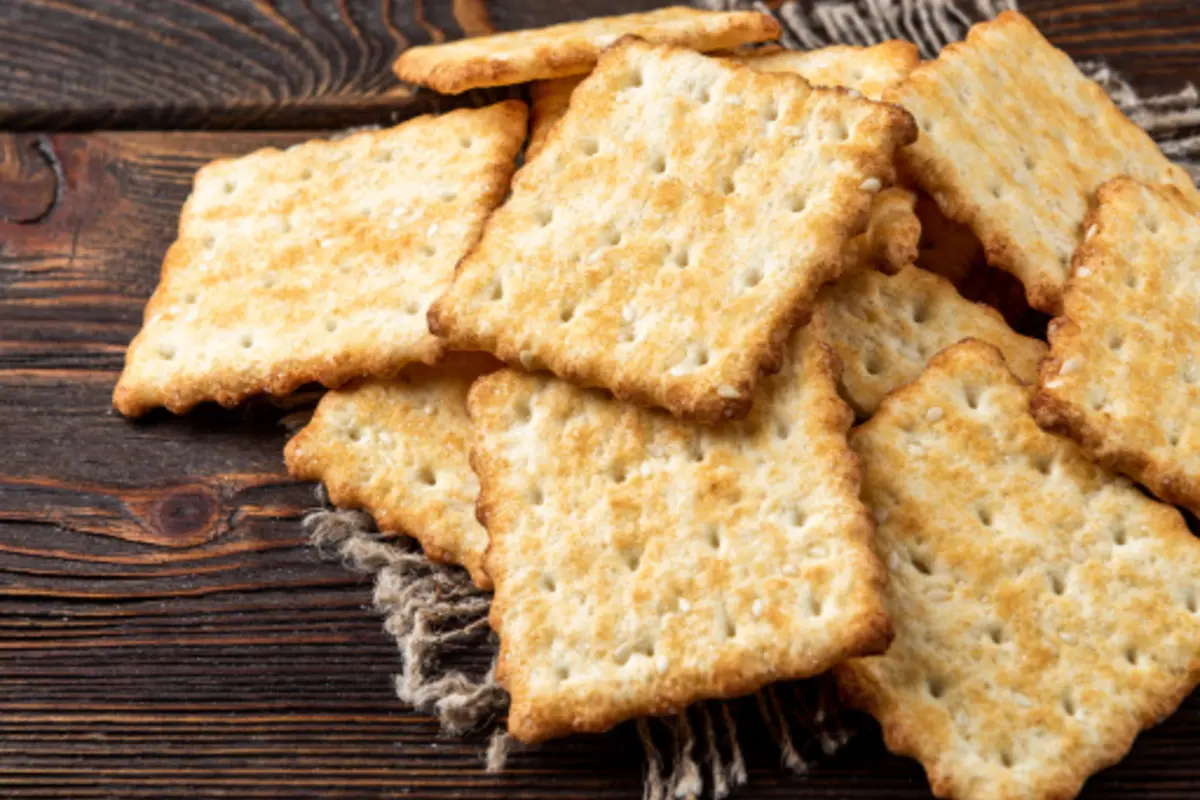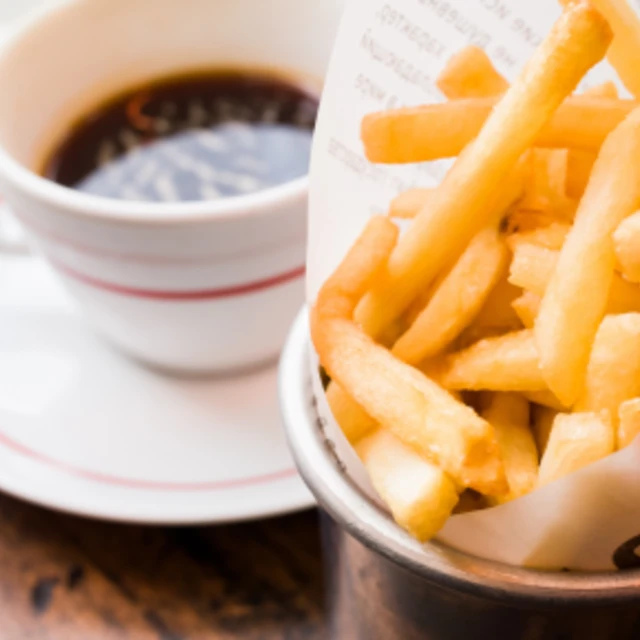What is acrylamide in baked goods?
Acrylamide is a suspected carcinogen that forms naturally during the Maillard reaction in a range of cooking processes, including baking. Therefore, baking and acrylamide are in some instances inseparable.
The Maillard reaction gives baked goods their golden crust and delicious flavor. But it also leads to the formation of acrylamide. Find out how acrylamide forms in baked goods, and how to keep acrylamide levels low in this video.


